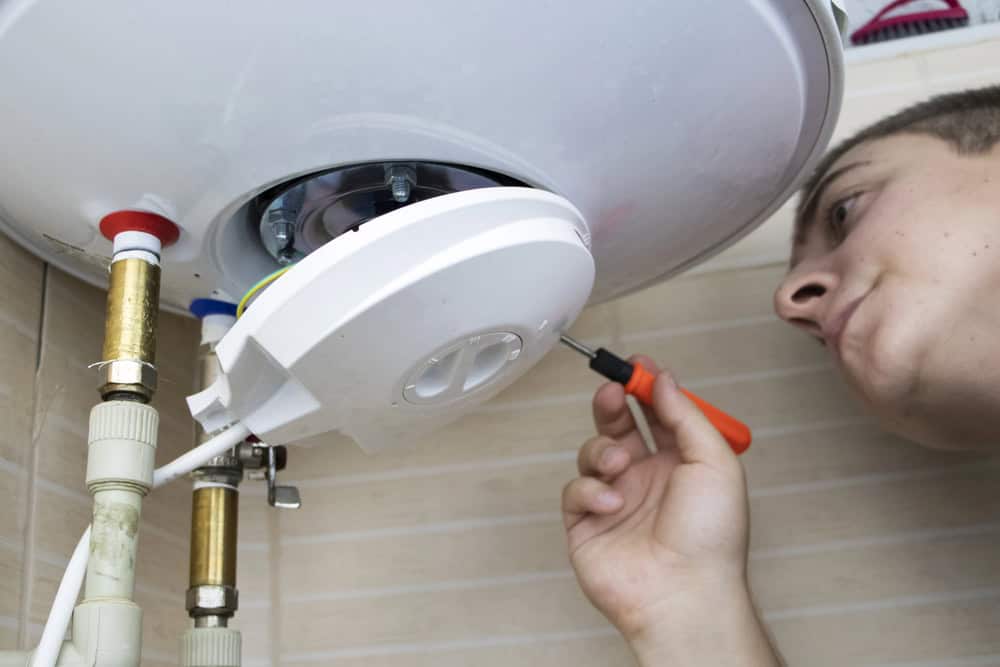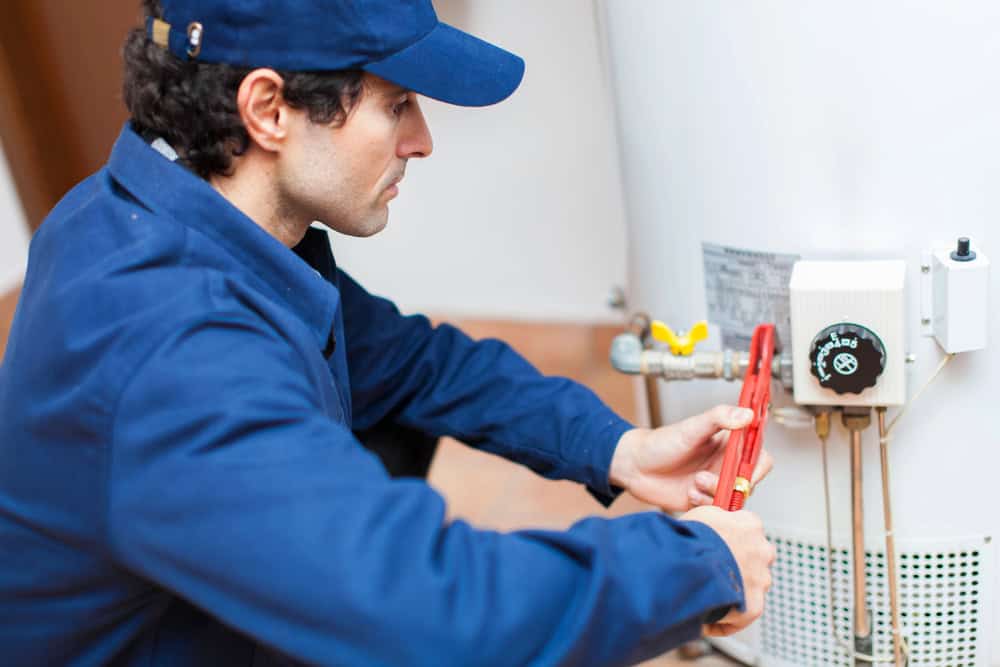Experiencing a water heater leak can be a real headache for homeowners. Not only does it disrupt your daily routine, but it can also lead to costly repairs if not addressed promptly.
Identifying the causes behind water heater leaks is key to diagnosing the problem and deciding the next steps. Let’s break down the common reasons your water heater might be leaking.
Understanding Your Water Heater
Before jumping to conclusions about why your water heater is leaking, it helps to familiarize yourself with how the appliance operates.
Most water heaters consist of a tank, heating element, and connections for water supply and drainage. They can be powered by gas, electricity, or even solar energy.
Recognizing the components can simplify the troubleshooting process.
Common Causes of Water Heater Leaks
Loose Connections
One of the most straightforward reasons for a leaking water heater is loose plumbing connections. Over time, fittings and fittings can become loose due to pressure changes or regular wear and tear.
If you notice water pooling around the base of your heater, it’s wise to inspect these connections.
Tightening them can often resolve the issue without the need for further repair.
Corroded Tank
If your water heater is older, corrosion may be the culprit behind the leak. Tanks often rust internally and externally, especially if they’ve been in use for many years.
When rust develops, it weakens the metal structure and can eventually lead to leaks.
Regular maintenance can help, but if corrosion is found, replacement of the tank is usually the only option.
Faulty Temperature and Pressure Relief Valve (TPR Valve)
The TPR valve is a critical safety component that releases excess pressure from the tank. If this valve malfunctions, it can either leak or cause the tank to overflow.
A leak from the TPR valve is often noticeable as it drips continuously. Replacing the valve is generally straightforward and can prevent larger issues.
Sediment Buildup
Over time, sediment from minerals in your water can accumulate at the bottom of the tank. This buildup can lead to overheating, which may cause leaks.
Flushing the tank regularly can help mitigate sediment accumulation, prolonging the life of your heater and preventing leaks.
High Water Pressure
Excessively high water pressure can stress your water heater, leading to leaks. Most home systems should operate between 40 to 60 psi.
If the pressure exceeds this range, it might cause damage to the tank or connections. Installing a pressure regulator can help manage this issue effectively.
Signs Your Water Heater Needs Attention
Puddles of Water
Seeing water around the base of your water heater usually indicates a problem. Even small puddles should not be ignored.
They can signal a leak requiring immediate attention. Regular checks can help in spotting such issues early on.
Strange Noises
If you hear rumbling or popping noises coming from your water heater, it could be a sign of sediment buildup or other mechanical issues.
These noises can indicate that the tank is working harder than it should, potentially leading to leaks.
Fluctuating Water Temperature
When you notice your water temperature fluctuating significantly, it might be a sign that the heating element is malfunctioning or that there are issues within the tank.
This can lead to overheating and, subsequently, leaks.
Steps to Diagnose the Leak

Visual Inspection
Start with a thorough visual inspection of the water heater. Look for any moisture around the fittings and connections.
Check the tank itself for signs of corrosion or rust. This initial step can help you narrow down the cause of the leak.
If you’re in Frisco and need assistance, a frisco plumber can conduct a detailed inspection to identify and fix the problem quickly.
Check the TPR Valve
Inspect the TPR valve for any signs of leakage. If the valve is leaking, it might need replacement.
This can be a simple DIY job or one for a professional, depending on your comfort level with plumbing.
Monitor Water Pressure
Utilizing a water pressure gauge can help you determine if your home’s water pressure is too high.
A pressure reading above 60 psi indicates that adjustments may be necessary to avoid damaging your water heater.
Quick Fixes and Solutions
Tightening Connections
If loose connections are the issue, grab a wrench and tighten them up. This fix doesn’t require professional help and can solve minor leaks quickly.
Flushing the Tank
Flushing your water heater can help remove sediment buildup. This process usually involves shutting off the heater, connecting a hose to the drain valve, and letting it run until the water is clear.
Regular maintenance can prevent future leaks.
Replacing the TPR Valve
If the TPR valve is faulty, replacing it is generally a straightforward task. Shut off the water heater, release the pressure, and follow the manufacturer’s instructions for replacement.
When to Call a Professional
While some issues can be resolved with basic DIY skills, certain situations require professional intervention.
If you suspect a significant tank leak, a corroded tank, or if tightening connections doesn’t resolve the problem, it’s best to call a plumber.
They have the tools and expertise to diagnose and fix complex issues safely.
Preventative Maintenance Tips
Regular Inspections
Perform regular checks on your water heater to catch potential problems early. Look for signs of leaks, unusual noises, or changes in water temperature.
Early detection can save you from costly repairs later.
Flushing Annually
Flushing your water heater at least once a year can help keep sediment buildup at bay. This simple maintenance task can extend the life of your heater and minimize the risk of leaks.
Monitoring Water Pressure
Keep an eye on your home’s water pressure. If you notice fluctuations or rising pressure, consider installing a pressure regulator.
This small investment can save you from future headaches.
Insulating Pipes
Insulating the pipes connected to your water heater can help prevent overheating and reduce the risk of leaks.
This is particularly important in colder climates where freezing temperatures can cause pipes to expand and contract.




